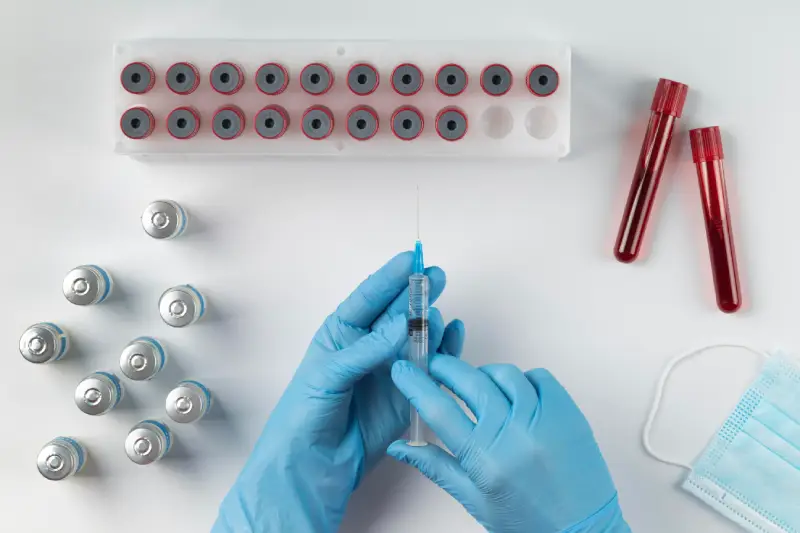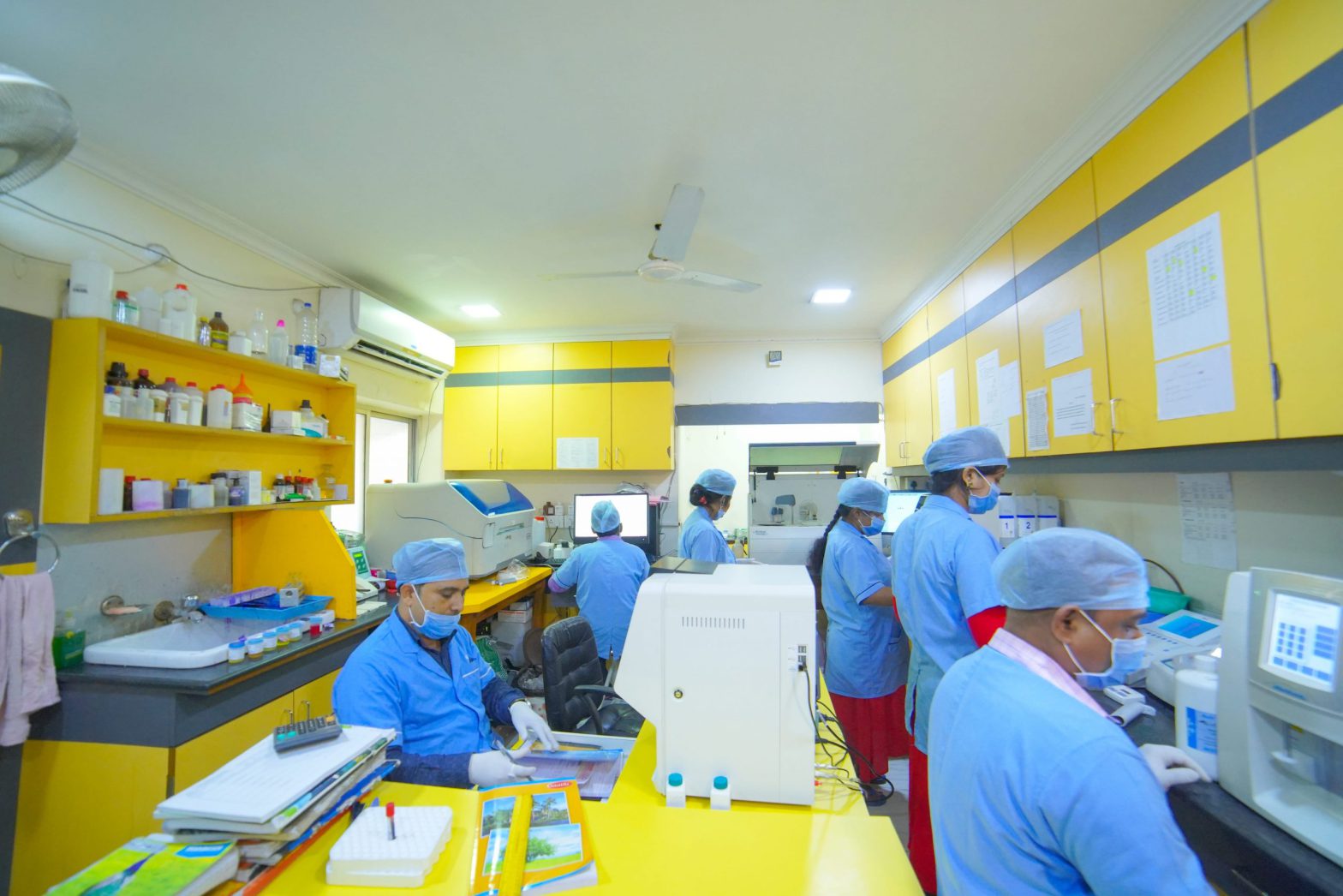Polycystic Ovary Disease (PCOD) is increasingly becoming a prevalent concern among women of reproductive age. Over the past few decades, there has been a surge in the number of cases, transforming this once lesser-known condition into a significant health issue. It’s not just a medical condition; it’s a life disruptor that affects physical appearance, emotional well-being, and long-term health.
Symptoms:
Imagine waking up to a world where your body seems to be in constant rebellion. Symptoms of PCOD can be a frustrating mix of irregular periods, excessive hair growth on the face and body, and persistent acne that defies your skincare routine. Weight gain, particularly around the abdomen, and thinning hair on the scalp can add to the distress. These symptoms are often the body’s SOS, signaling hormonal imbalances.
Causes:
The exact cause of PCOD remains a mystery, but it’s thought to be a mix of genetic and environmental factors. Picture your body’s orchestra where the hormones are the musicians. In PCOD, the hormones are out of tune, particularly insulin and androgens. High insulin levels can trigger the ovaries to produce more male hormones (androgens), disrupting the ovulation process. A family history of PCOD can also increase your risk.
Diagnosis:
Diagnosing PCOD can feel like solving a puzzle. Doctors typically start with a discussion about your medical history and symptoms. Physical exams, blood tests to check hormone levels, and pelvic ultrasounds to look for ovarian cysts are common diagnostic tools. It’s like piecing together clues to form a complete picture of your health.
Understanding PCOD is the first step towards managing it effectively. By recognizing the symptoms, exploring the causes, and pursuing a proper diagnosis, you can regain control and live your best life.


